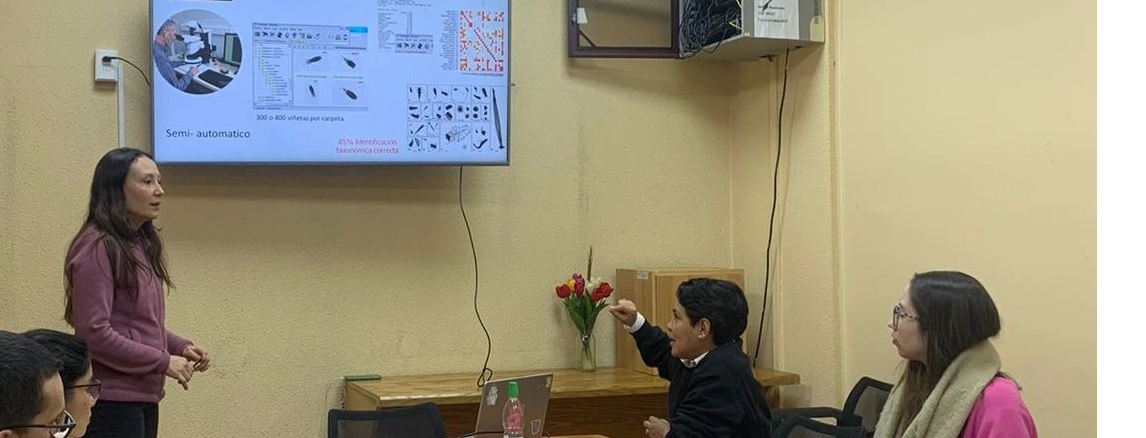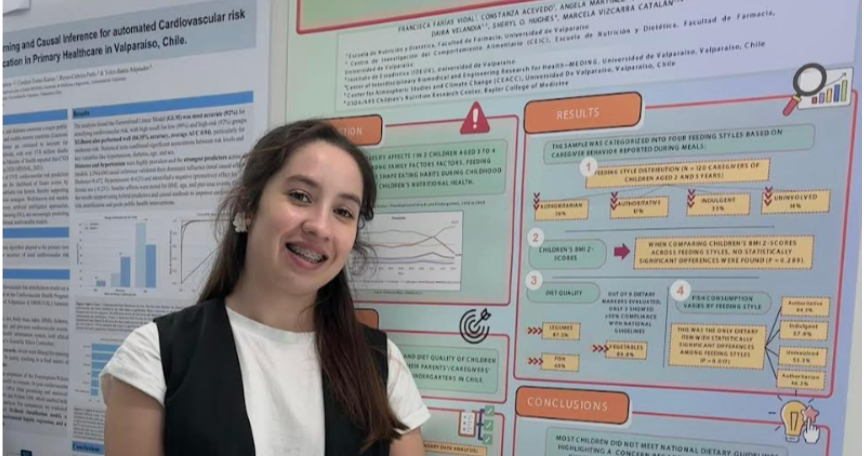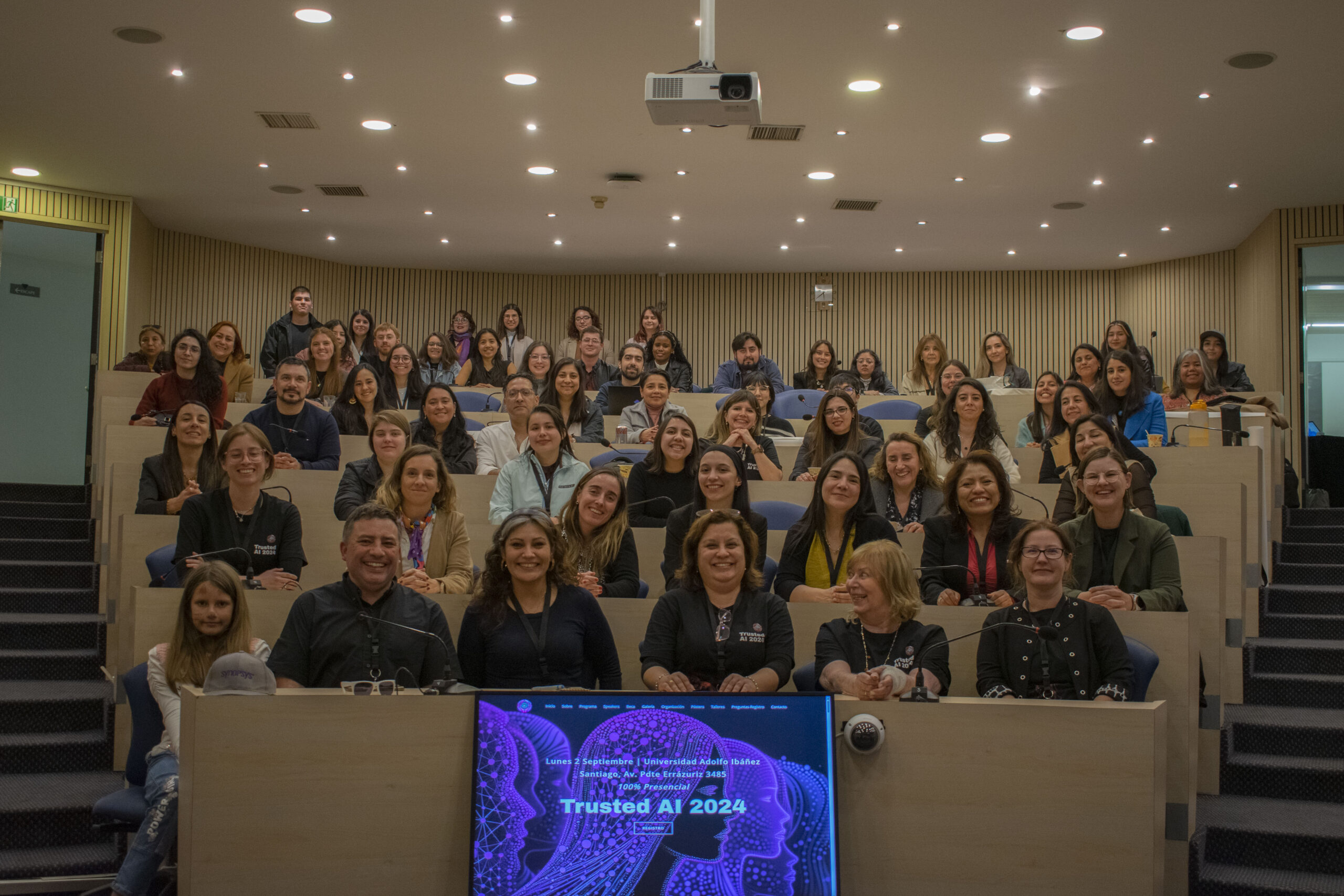Charla: «Tools for studying B supergiant stars»
Expone: Dra. Julieta Sánchez Arias. Postdoctoral fellow at the Astronomical Institute of the Czech Academy of Sciences. Ondřejov, Czech Republic.
Sala 4 – Martes 18 de junio a las 16 hrs.
Modalidad presencial: Auditorio Facultad de Ciencias
Abstract:
Massive stars are the cornerstone of the chemical evolution of the interstellar medium through feedback from their stellar winds and supernova explosions. These stars show photometric and spectroscopic variation which hamper the determinations of their astrophysics parameters and therefore their evolutionary stage. Through a synergy between asteroseismology, evolutionary models and spectroscopic analyses, it is possible to achieve a better understanding of the different phenomena involved during the evolution of these interesting stars. In this talk, I will present a study of three well-known B-supergiants HD 42087 (PU Gem), HD 52089 (epsilon CMa) and HD 58350 (eta CMa). In our analysis, we employed space photometric data from TESS mission to study photometric variability with Fourier Transform analysis and obtained new spectroscopic observations at the CASLEO observatory in San Juan Argentina to determine their CNO abundances and stellar and wind parameters. Finally, we compared our results with evolutionary model predictions. Based solely on the abundance ratio, we found that all of our stars are most consistent with a pre-Red Supergiant (RSG) stage. However, stellar evolution models confirm this stage only for HD 42087 and HD 52089, considering the astrophysics parameters derived, while HD 58350 is predicted to be in the post-RSG stage. The results underline the need to study large samples of B supergiants homogeneously; the review of the processes involved during the evolution of massive stars, such as mass loss through stellar oscillations; and the use of new techniques for the study of the photometric variations usually observed in the BSG light curves, such as the Empirical Mode Decomposition.



